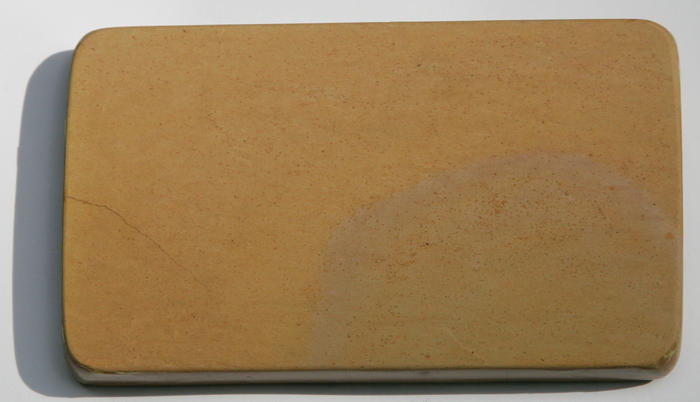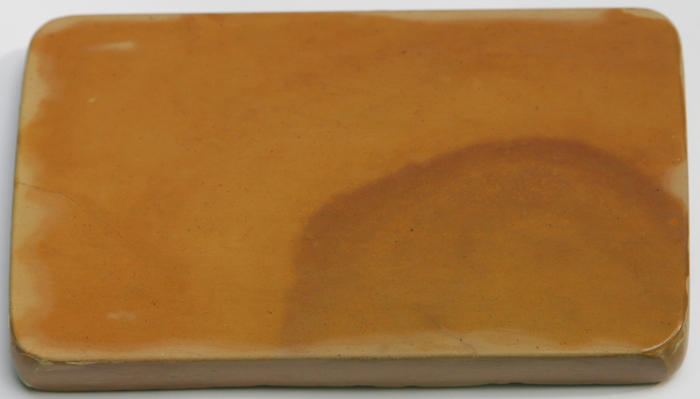Results 11 to 15 of 15
Thread: Maruka Hatanaka Nakayama
-
06-23-2015, 11:13 PM #11Senior Member

- Join Date
- Sep 2014
- Location
- Riyadh, Saudi Arabia
- Posts
- 151
Thanked: 66
-
06-24-2015, 09:11 PM #12Senior Member

- Join Date
- Sep 2013
- Location
- NW Indiana
- Posts
- 1,060
Thanked: 246
Here are a couple shots of it. A friend of mine traded it to me for one of my Kuro slate "found" stones - he said the stamps were removed when he rounded the sides and edges - he does this to all his stones. More money than sense IMO (he doesn't use computers, no danger of him reading this, lol). I don't really care though anyway, as the stone is so good that I will never ever sell it. Super fast cutter but still gives an amazingly fine and comfortable edge. I normally finish on a very light slurry with this one. One of my very favorite stones. Color is corrected and bang on.


-
06-25-2015, 08:53 AM #13Senior Member

- Join Date
- Sep 2014
- Location
- Riyadh, Saudi Arabia
- Posts
- 151
Thanked: 66
I remember reading in one of Iwasaki books the he recommend sanding out the saw marks on the sides of the stone and removing the skin to protect the blade during honing.
So I think you can find a lot of super Jnats without id maybe for this reason.
Thanks for sharing this s amazing stone.
-
06-25-2015, 09:01 AM #14
 Maruka Hatanaka Nakayama
Maruka Hatanaka Nakayama
Could be a way! but you would do it today if you believe 100% you keep the stone your lifetime, otherwise you would lower the price of the stone removing the stamp....
And if youre careful "normally" you do not hit either the Kawa nor the sawmarks if you have a chamfering....
Removing the Kawa would it make sense too see how the "other" side of the stone works ?!?███▓▒░░.RAZORLOVESTONES.░░▒▓███
-
06-25-2015, 09:15 AM #15Senior Member

- Join Date
- Sep 2014
- Location
- Riyadh, Saudi Arabia
- Posts
- 151
Thanked: 66
Totally agree with you losing the hone id will lower the value significantly, I would rather keep it and adjust my way of honing instead.
Here is the quote from Iwasaki book:
Just like your Nagura, carefully round off the corners. Flatten the sawmarks on the sides of the hone
with sandpaper. There are stones with purple or brown “skin”. Remove this completely. This skin is
harder than steel, and so any fragments of it can cause serious damage to your edge. It is also best to
smooth and even out the uneven areas of the bottom of the hone. In the past, people often coated the
sides and bottom with Urushi lacquer, but these days “Hone Coat” is sufficient, and it dries quickly.


 11Likes
11Likes LinkBack URL
LinkBack URL About LinkBacks
About LinkBacks








 Reply With Quote
Reply With Quote